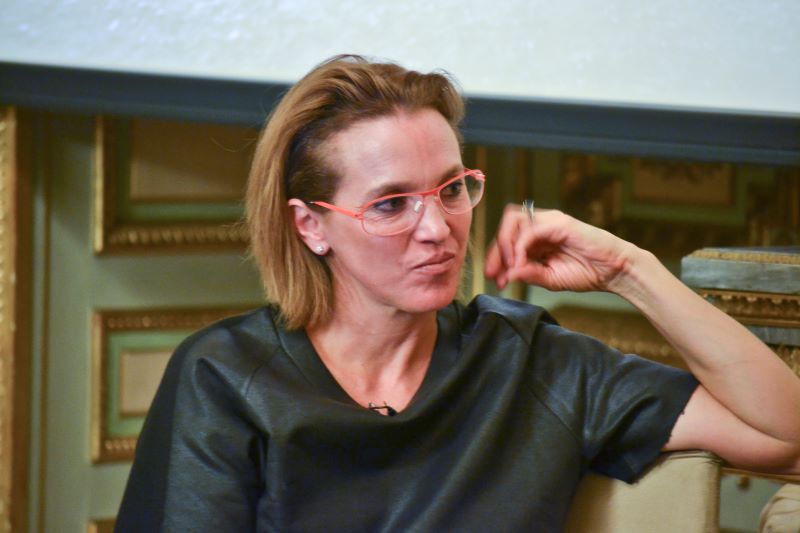Tatiana Bilbao: A Mexican Architect with a Global Vision
Discover the innovative work of Mexican architect Tatiana Bilbao, winner of the Global Award for Sustainable Architecture. Learn how her multidisciplinary approach creates humanized spaces that respond to the challenges of contemporary society, with projects spanning Europe, Asia, and the Americas.





